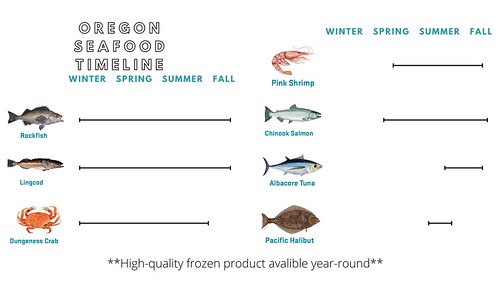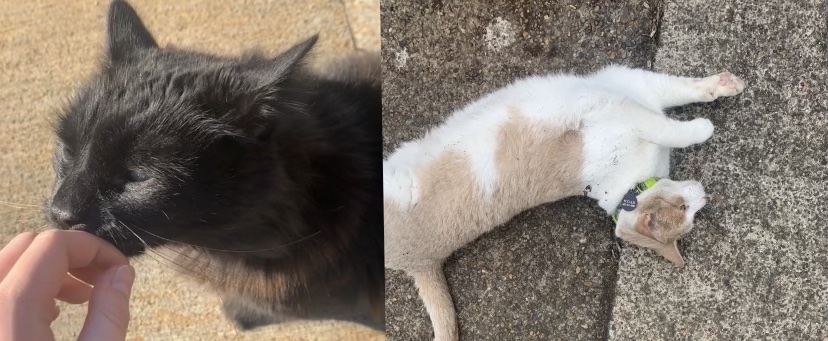In my last blog post, I talked about Goal 18 and the regulation of erosion control structures on the Oregon coast. For this post, I will provide some more details on the typical erosion control mechanisms used in Oregon. As I started writing, I thought it would be useful to present these in the context of a flow chart to show what erosion control mechanisms are appropriate in various situations. The flowchart is below and has notes for further explanation. Note that this flowchart is not official or comprehensive, but just a format I find useful to visualize the connection between site and regulatory conditions and the most common erosion control mechanisms in Oregon. For better quality, click on the image. Enjoy!
- Only properties that were developed as of January 1, 1977 are eligible for structural erosion control under Goal 18.
- Structural erosion control, or a beachfront protective structure (BPS), is unofficially defined by DLCD as “A static structure that is intended to remain in a fixed position with the purpose of redirecting wave energy and to minimize or eliminate coastal erosion risk to development. BPS are purposefully constructed and intended to maintain that form over time. This includes, but is not limited to, rip-rap revetments, seawalls groins, breakwaters, jetties, bulkheads, geotextile sandbags, sand burritos, gabions, and concrete or mortar reinforcement such as shotcrete. Beachfront protective structures do not include dynamic treatments such as sand nourishment, cobble revetments, and similar non-structural or non-fixed erosion mitigation measures.”
- Even if properties are eligible for structural erosion control, Oregon Parks and Recreation Department (OPRD) will only permit them if the permit application provides an analysis of why other methods to mitigate the hazard will not work. OPRD also evaluates permit applications on the degree to which they are compatible with the surrounding environment, which means generally that structural erosion control mechanisms will not be considered until the applicant has proven that nature-based nonstructural erosion control options are not viable.
- Vegetated soil burritos are an alternative to riprap in some places on the Oregon coast. While not as resilient as riprap, there are two vegetative stabilization projects in Cannon Beach that have been effective in mitigating erosion. Stabilizing the bluff front with native vegetation rather than riprap has better scenic value and is less harmful to the ocean shore. Because the biodegradable fabric used to do the initial stabilization is expected to disappear as the plants establish themselves, this method is considered a non-structural form of erosion control.
- Some erosion control methods don’t work well for small single-home lots, and can only work when they are applied over a large area.
- OPRD permitting criteria includes the requirement that the erosion control structure blend in with its surroundings. Some erosion control structures, like dynamic revetments, are only appropriate on beaches where their construction material (cobbles) already exist to some extent on the beach.
- Dynamic revetments are artificially constructed cobble berms. The cobbles provide protection and absorb wave energy as the berm reshapes in response to wave conditions. Dynamic revetments tend to be cheaper and more easily constructible alternatives to traditional riprap; however, they do need to be maintained over time. Because dynamic revetments can change shape in response to wave conditions, they are not considered structural erosion control.
- Beach nourishments are a widely used and effective erosion control option in many places in the world, but Oregon’s conditions make beach nourishment difficult and costly. However, there is one example of a beach nourishment project on the Oregon coast that could be used as an example. The Army Corps of Engineers uses sand collected during dredging of the Columbia River to nourish the beaches around the jetties. This is possible because of the scale of dredge operations, the compatibility of the removed sand to the shoreface, and Army Corps resources for navigating the complex permitting environment. Because of the high-energy wave climate in Oregon and lack of suitable sand, beach nourishment is only viable under specific conditions.
- If you’ve gotten to this point in the flow chart, most of the options for controlling erosion have been exhausted. However, there are a few other strategies that could mitigate the effects of erosion and subsequent flooding.
- While it is not common on the Oregon coast, elevating homes can provide some relief from properties subject to regular flooding due to wave overtopping. FEMA has a multitude of resources on the process of home elevation.
- In cases where the house is in danger of toppling off a bluff, the house can be moved back on the lot. This has been successfully done in Oregon for a house in Coos Bay – the story can be found here. There have been others in the past, as well.
- Riprap is the most widely used erosion control structure on the Oregon coast. It is made of large boulders carefully fitted together and embedded in the sand. Riprap has been tried, tested, and proven in the high-energy wave environment of the Oregon coast. However, by fixing the shoreline in place and reflecting wave energy, riprap causes the beach to narrow as sea level rises, limiting north-south beach access. Riprap structures are intended to remain in place for a long period of time to protect bluffs and berms against erosion; therefore, they are considered structures and only allowed on Goal 18-eligible properties.
If none of these options are suitable for a property, and riprap is considered the only solution for a property not eligible for structural protection, a Goal 18 exception must be pursued. This process is currently in the public hearing phase in both Lincoln County and Tillamook County. More information can be found on their respective planning commission websites.
This flowchart is a simple way of visualizing this information; however, these erosion control mechanisms have endless variations and combinations possible to fit site conditions. Hopefully, this provides some context for the reasons why different projects might be selected for different places on the Oregon coast.












